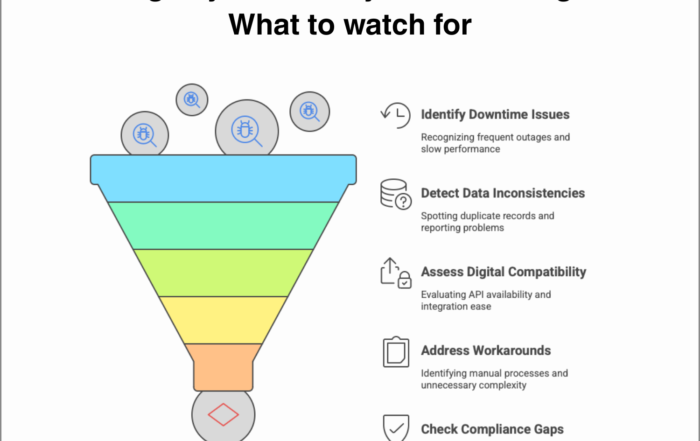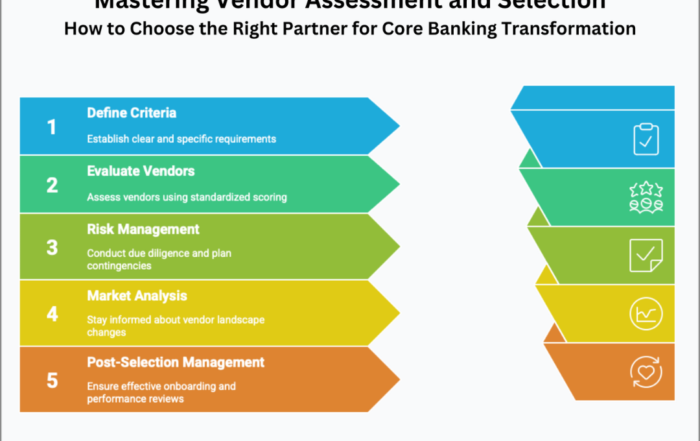One of the quickest ways to derail your bottom line is by screwing up your projects. And one of the most common pitfalls in project management is poorly defined business requirements. Be honest – how many projects have you been a part of where the requesting party didn’t quite know what they wanted, resulting in ambiguous requirements? Whether you’re hosting a corporate event, launching a new product, or deploying new software, every initiative can be viewed as a project with business requirements as the critical foundation.
The cost of getting requirements wrong can be staggering. Studies show that the ratios for correcting defects during a product’s development lifecycle are 1:10:100:1000 (requirements:design:implementation and testing:post-release). In other words, if you mess up your requirements and don’t fix the problem until after production, it could cost up to 1,000 times more than if you’d gotten it right from the start.
In the software world, quality assurance and project professionals treat requirements as sacrosanct. However, as Esther Schindler highlighted in her insightful CIO Magazine article “Getting Clueful: Five Things CIOs Should Know About Software Requirements,” there are common misconceptions surrounding business requirements that hinder efficiency.
One prominent myth Schindler exposed is that client requirements are too vague to be useful for programmers. Another is the belief that requirements should be adhered to strictly throughout development. While initial requirements are necessary, they need constant revisiting and refinement to stay current with evolving needs. Schindler echoes software professionals’ advice to eliminate these counterproductive notions.
Part of the problem, according to Schindler, stems from the people creating requirements checklists, often business analysts rather than software experts intimately familiar with developers’ needs. The solution lies in maintaining close relationships between all stakeholders – developers, customers, and end-users – through continuous testing, frequent meetings, and interdepartmental collaboration.
By optimizing your approach to business requirements from the outset, you can avoid costly reworks and increase your chances of project success. Define requirements collaboratively with input from all key players. Treat them as living, evolving documents to be regularly reviewed and updated. And foster an environment of open communication to ensure requirements stay aligned with shifting needs throughout the project lifecycle.
Don’t let ambiguous or static requirements become the downfall of your project – and a drain on your bottom line. Make optimizing business requirements a priority, and reap the benefits of efficient, successful project delivery.
If you are running a company, division, or project, I strongly encourage you to read the entire article by clicking here, or for your convenience, you can find it below (since CIO magazine already changed the link once)
Found this article interesting? Check out these three related reads for more.
- Gathering requirements and defining scope for future-proof success
- Navigating digital banking regulatory challenges
- 10 reasons why core banking transformations are not just IT projects
#BusinessRequirements #BankingTransformation




